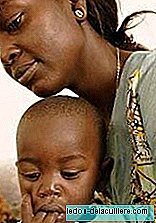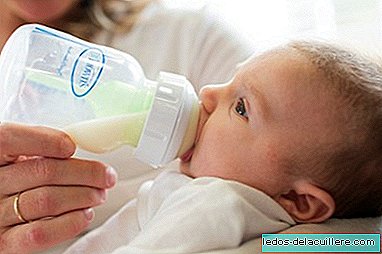
I just read one of those badly titled news that does nothing but confuse it says: "Nurseries reduce leukemia".
Reading the text of the note clarifies things. And in fact, it is very interesting.
The headline is motivated by research conducted by scientists from the University of California, Berkeley that ensures that social contact in the first years of life can reduce by 30% the risks of the child developing leukemia, the most common childhood cancer today (and growing).
The research is the result of 14 studies on infections in the first years of life and the development of leukemia.
The scientists explain that the common infections caused by social contact that occur in children during the first years would serve as a kind of immunization helping the body itself to fight the disease.
But on the other hand, there are scientists who disagree with this theory. On the contrary, they consider that early recurrence infections in susceptible children are a risk factor for cancer.
Of course, many other factors are involved in the development of cancer, mainly the genetic one, which is critical, as well as “early exposures to carcinogenic agents are determinants for the onset of cancer,” according to Dr. Juan Antonio Ortega-García, Director of the Pediatric Environmental Health Unit of the Virgen de la Arrixaca University Hospital.
It is hurried and risky to say that nurseries have a protective effect against leukemia. I even dare to say that it is contradictory because in the last few years the nurseries of young children who get infections every day have been filled while leukemia has become the most common cancer in children and its incidence has greatly increased in last decades. That is, to reduce it, nothing. If not, how is this disease growth explained in children?
Specialists indicate two modifiable factors that parents have in their hands to protect their children from leukemia. One is prolonged breastfeeding that helps decrease childhood infections, and the second is to look for alternatives to avoid diagnostic ionizing radiation in the first two years of life.
I would add some more like not exposing pregnant women or children to tobacco smoke, changing eating habits and leading a healthy pregnancy through a balanced diet and exercise.












